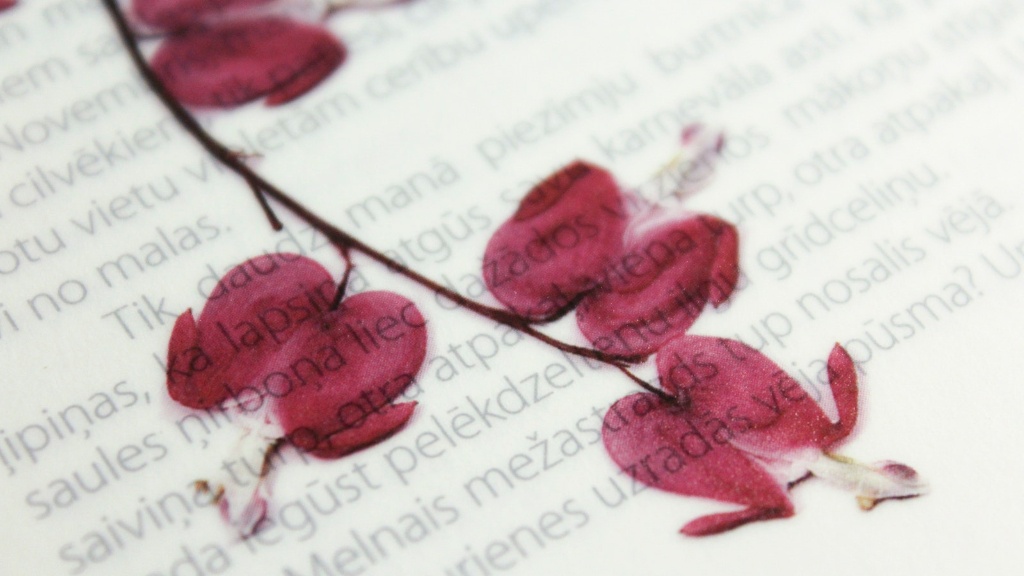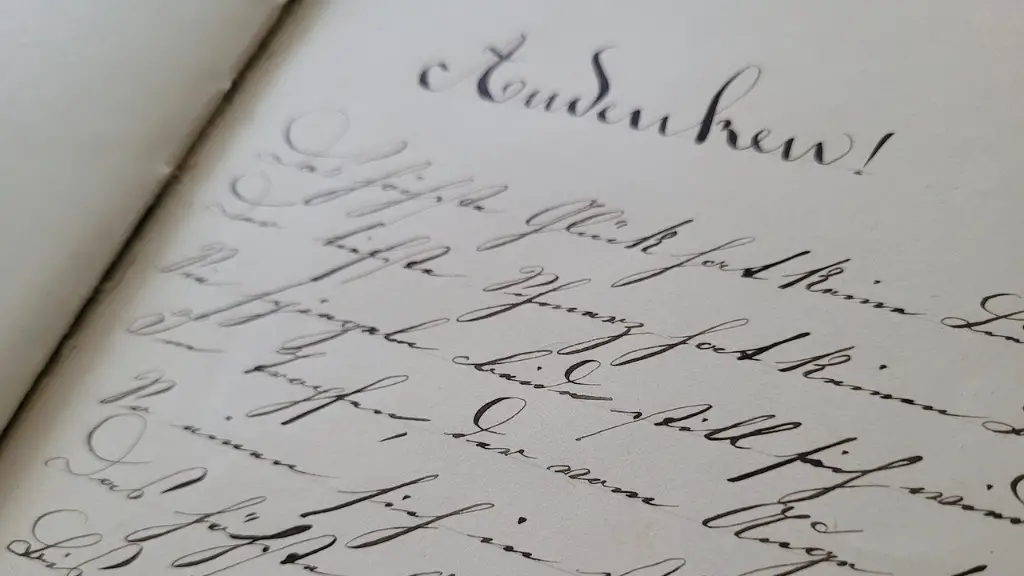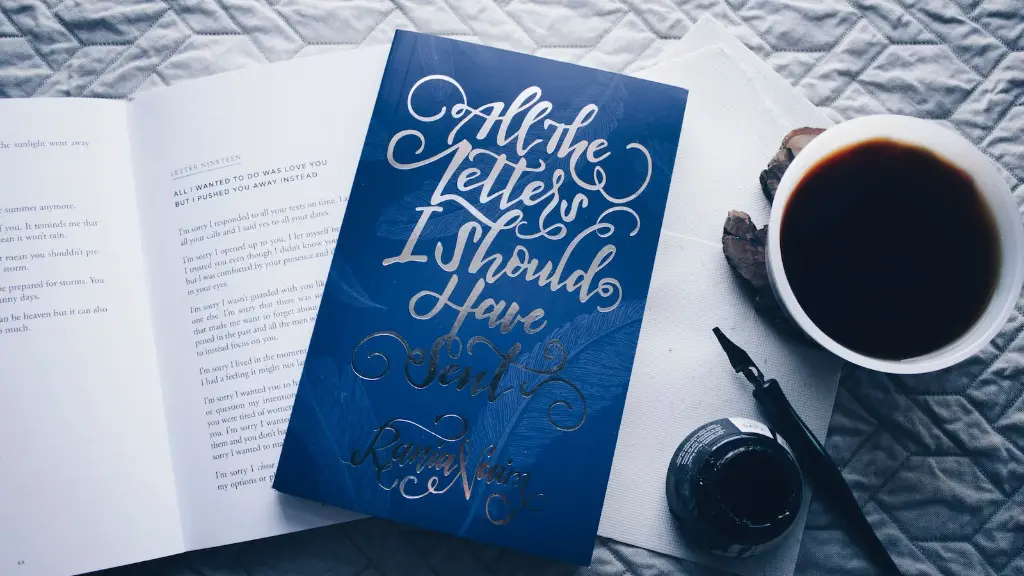Emily Dickinson was born on December 10, 1830, in the town of Amherst, Massachusetts. She was an accomplished student and graduated from the local Amherst Academy in 1847. Dickinson then spent a brief period at Mount Holyoke Female Seminary (now Mount Holyoke College) before returning home. Throughout her life, she remained close to her family and rarely ventured outside of Amherst.
Dickinson was a prolific writer and is considered one of the most original and innovative poets of her time. Although she was a private person and only a handful of her poems were published during her lifetime, her work was posthumously published and she is now recognized as one of the most important American poets.
Dickinson lived through some of the most momentous events in American history, including the Civil War, Reconstruction, and the Battle of the Little Bighorn. Although she did not write directly about these events, her poems often reflect her concern for the nation and her preoccupation with death and mortality.
Emily Dickinson was born in 1830, and so she would have been a part of the Civil War era. She would have also been a part of the Victorian era, which was a time of great change in England.
What is the historical context of Emily Dickinson?
Dickinson’s poetry was greatly influenced by the Metaphysical poets of seventeenth-century England. The Metaphysical poets were known for their use of conceits, which are extended metaphors that compare two unlike things. Dickinson often used conceits in her poetry to compare death and nature, or the soul and the body. Additionally, her reading of the Book of Revelation and her upbringing in a Puritan New England town encouraged a Calvinist, orthodox, and conservative approach to Christianity. This is evident in her poems that deal with religious themes, such as “Because I could not stop for Death” and “I heard a Fly buzz- when I died-“.
1830- Emily Dickinson is born in Amherst, Massachusetts
1840- Emily attends school
1844- Emily’s cousin dies
1846- Emily meets Leonard Humphrey
1847- Emily attends Mount Holyoke
1848- Emily returns to Amherst
1850- Leonard Humphrey dies
1855- Emily travels outside Massachusetts
Why is Emily Dickinson important to history
Emily Dickinson is important because she was a bold, original poet who created her own unique style of verse. She is known for her epigrammatic compression, her personal voice, and her enigmatic brilliance.
Emily Dickinson is considered one of the most important American Romantic poets of the 19th century. She was influenced by the Transcendentalist movement and her work often reflects this philosophy. Dickinson’s poetry is known for its focus on God, death, and the mysterious. Her unique style and use of language has had a lasting impact on American poetry and the way we think about the world today.
How did Emily Dickinson feel about slavery?
Dickinson’s attitude toward slavery and African Americans was unstable and inconsistent. She did not make political comments about slavery, but she was not totally indifferent to the issue.
Emily Dickinson’s poetic achievement is truly remarkable. She is considered America’s best-known female poet and a legend in American literature. Her poetry style was revolutionary, as she shunned the use of traditional meter form. Instead, she adapted her poems to the meter used in English hymns and experimented with new forms of rhyme. This made her poetry unique and incredibly influential. Dickinson’s work has inspired many other poets and continues to be loved by readers around the world.
What are 3 interesting facts about Emily Dickinson?
Emily Dickinson was a prolific American poet whose work was largely unrecognized during her lifetime. Dickinson was born in Amherst, Massachusetts, to a prominent family. Her father served in the United States Senate, and her grandfather was a renowned lawyer. Dickinson was educated at Amherst Academy and Mount Holyoke Female Seminary. She later withdrew from formal education and became increasingly reclusive. Dickinson is known for her innovative use of form and syntax, as well as her unconventional punctuation and capitalization. She also frequently employed slant rhyme. Many of Dickinson’s poems deal with themes of death and immortality. It is believed that Dickinson had several mysterious love affairs, which may have inspired some of her work. Following her death in 1886, Dickinson’s sister discovered nearly 1800 of her poems, which were published posthumously. Dickinson is now considered one of the most important American poets.
This series very much confirmed what I had always seen in Dickinson’s poetry: a strong woman who was ahead of her time and didn’t quite fit into the society around her. I loved exploring her poetry through the lens of the show and seeing how the known facts about her life informed the fictional elements. It was a really fascinating and well-done exploration of her work.
What was strange about Emily Dickinson
Emily Dickinson was considered strange by the residents of her hometown as she took to wearing white clothing much of the time, and also for her reclusive nature. She eventually refused to come downstairs to greet her guests and sometimes would only hold conversations through the closed door of her bedroom.
Emily Dickinson is one of the most important figures in American poetry. She introduced a new kind of writing that was different from anything that had been seen before. Her poems were odd and expressed her feelings in a unique way. This changed the way people think about things and how they feel about them.
What was Emily Dickinson’s legacy?
Dickinson’s poetic legacy consisted of almost 1800 poems, and no instructions about what to do with them. What was done with them, how Dickinson went from unknown to internationally-famous poet, is a story fraught with emotional intensity, differing loyalties, and personal sacrifice.
The effect of hypertension on the heart is well-documented, and it is clear that it was the primary factor in Anne Boleyn’s death. The research is clear that her death was caused by severe hypertension, and that the symptoms she experienced were indicative of this. Her deathbed coma and difficulty breathing were likely the result of her heart failure, and it is clear that this was the cause of her death.
How did the Civil War influence Emily Dickinson
The Civil War was a very real and devastating event that affected Emily Dickinson in a profound way. She used her poetry to explore the horrific effects of war, and to express her inner demons. These poems are a powerful testimony to the human cost of war, and the lasting effects it can have on those who experience it.
Though her poetry is boldly original and even “modern” in so many of its attributes such as intense compression, ellipsis, and off-rhyme, Dickinson was a woman who lived in the Victorian age. She was ahead of her time in many ways, but was still rooted in the traditional values of her time period.
Was Emily Dickinson alive during Civil War?
“Emily Dickinson, often known as the ‘Belle of Amherst’, is famous as an important poet. She composed her many poems while living here, near the center of Amherst, and was especially productive during the years of the Civil War. The poet’s home is now a museum, which is open to the public and contains many of her original manuscripts and belongings. Dickinson is buried in Amherst Cemetery, just a short distance from her home.”
It is interesting to note that Dickinson, despite her well-known near-absence of any interest in politics, still managed to formulate a political relation or act. This absence of any serious treatment of social subjects is a sign that these things were regarded as unimportant or irrelevant to a life of reasonable privilege.
Conclusion
Emily Dickinson was born in 1830 and died in 1886, so she was a part of many historical events! Some of the most significant events she would have witnessed were the Industrial Revolution, westward expansion in the United States, the Civil War, and the Gilded Age.
Dickinson was an important part of American history, and her work reflected the events of her time. She was a contemporary of Ralph Waldo Emerson and Henry David Thoreau, and her work was influenced by the Transcendentalism movement. She was also a key figure in the development of American literature, and her work was highly respected by her peers.





